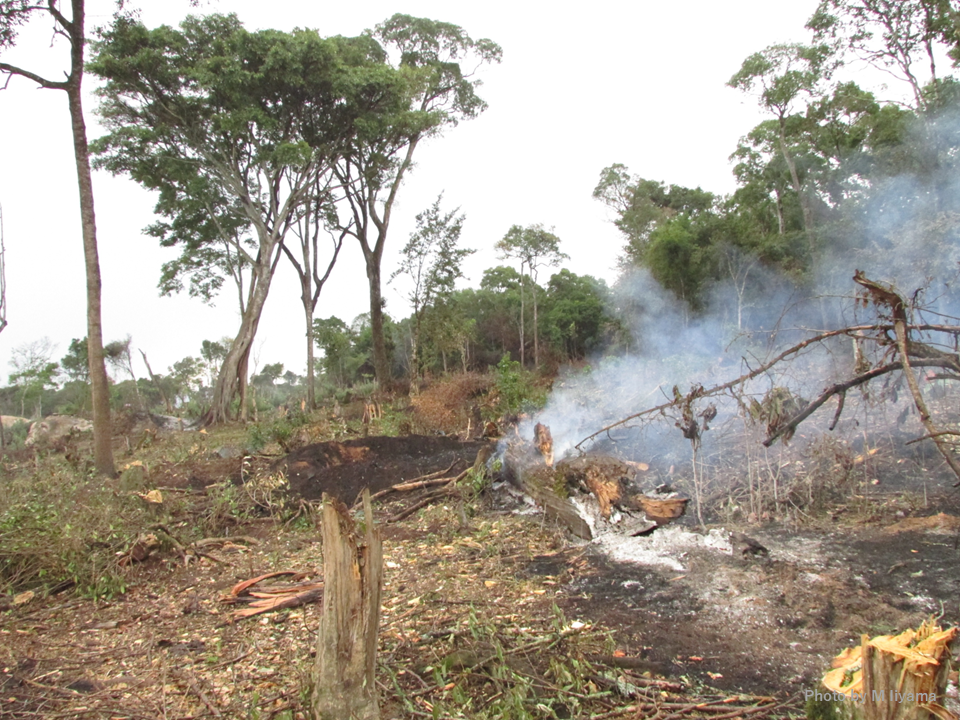Pick Up
1261. Loss of Tropical Primary Forests Due to Forest Fires in 2024

1261. Loss of Tropical Primary Forests Due to Forest Fires in 2024
Primary forests are part of forest ecosystems that are vital for people's livelihoods, carbon storage, water supply, biodiversity, and more. The loss of primary forests alone in 2024 is projected to release 3.1 gigatons (Gt) of greenhouse gases, equivalent to slightly more than India's annual CO2 emissions from fossil fuel use.
According to Global Forest Watch, run by the World Resources Institute (WRI), 6.7 million hectares of tropical primary forest were lost in 2024, mainly due to large fires. This is the largest area in at least the past 20 years, roughly the size of Panama, and the equivalent of 18 football fields being lost every minute.
In 2024, five times more tropical primary forest area burned than in 2023. While fires can occur naturally in some ecosystems, in tropical forests they are almost entirely human-caused, often starting to clear land for agriculture and spreading uncontrollably into neighboring forests. 2024 was the hottest year on record, with hotter, drier weather, mainly due to climate change and the El Niño phenomenon, leading to larger and more widespread fires.
Latin America was particularly hard hit, with Brazil and Colombia seeing an increase in primary forests in 2023, a reversal of the declining trend observed over the past few years. Notably, last year, Brazil experienced its largest and most severe drought in 70 years, which, combined with high temperatures, led to unprecedented fires across the country. Apart from fires, primary forest loss was mainly caused by deforestation for soy and cattle farming. Forests can recover after fires, but the combined effects of climate change and the conversion of forests to other land uses, such as agriculture, may make recovery more difficult and increase future fire risk.
While deforestation for permanent agriculture has been the largest driver of tropical primary forest loss for the past 24 years, wildfires became a bigger driver in 2024, accounting for almost half of primary forest loss. Nevertheless, primary forest loss unrelated to fires also increased by 14% between 2023 and 2024. This is mainly due to the conversion of forests to agriculture.
Deforestation is not limited to the tropics, with large-scale forest fires occurring in northern regions such as Canada and Russia.
There were some bright spots in 2024. Indonesia and Malaysia saw less primary forest loss than in 2023, and the rate of loss is well below that of a decade ago. But the overall trend is heading in the wrong direction. In 2021, leaders of more than 140 countries signed the Glasgow Leaders' Declaration, committing to halt and reverse deforestation by 2030. However, we are well off track to achieving this commitment.
Contributor: IIYAMA Miyuki, Information Program
